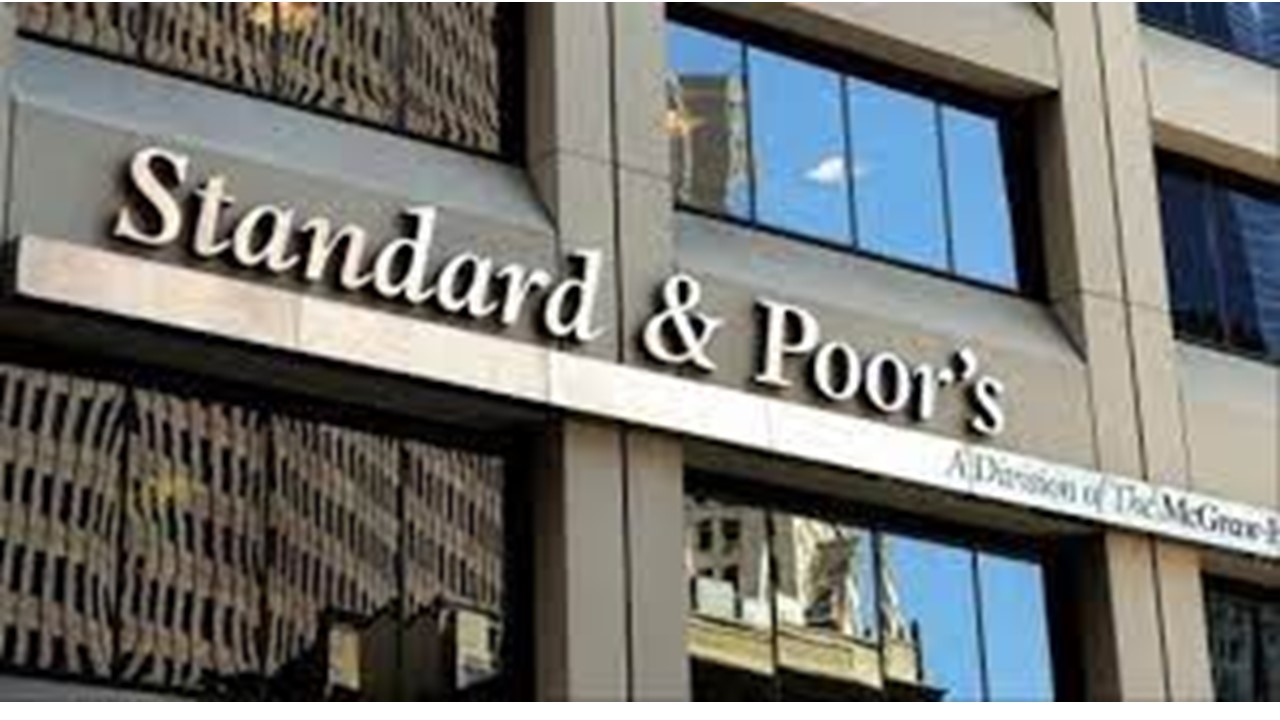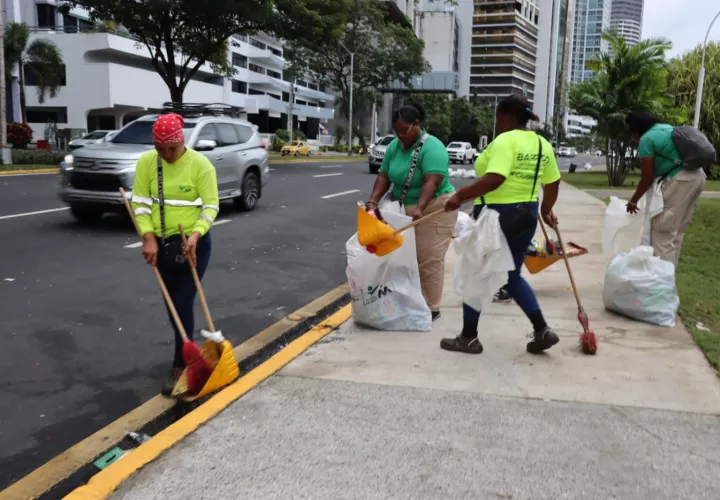Financial Lessons Panama Borrowers Can Learn from U.S. Lending Practices

Loans are an integral part of daily life for people in Panama and the United States. People borrow money for a home, a car, education, or to cover family expenses when their income is insufficient. The way loans work depends on rules and on how banks and other lenders operate.
In the United States, the system is strict, and many laws protect borrowers. In Panama, the banking system is robust, but the regulations governing consumer loans are not as detailed. Learning from U.S. practices can help borrowers in Panama make better choices. It can also show regulators in Panama what rules could protect people more effectively.
Overview of Borrowing in Panama and the United States
Panama has a solid banking system with strong growth in lending. At the end of 2024, total loans in Panama reached $97.42 billion U.S. This was slightly higher than in November 2024 and shows the constant demand for credit. Consumer loans comprise a significant portion of the market. Personal loans alone were $9.58 billion in 2024, and credit cards grew by more than 10% that year. Auto loans also grew by 7% to $1.974 billion. A few large banks control most of these markets. Banco General, BAC International Bank, and Multibank have the highest shares. This means borrowers often face limited competition and fewer options. The average interest on personal loans in Panama was about 8.9% in early 2025, which is high compared to secured loans but normal for the region.
In the United States, the situation is different. The Truth in Lending Act requires banks to show the real annual percentage rate. This allows borrowers to see the true cost before signing. The Real Estate Settlement Procedures Act bans hidden fees in housing loans. The Dodd-Frank Act created the Consumer Financial Protection Bureau, which enforces rules against unfair loans and checks that lenders follow the ability to repay standards. These rules give people more security. They also make it easier to compare loans from different lenders. The United States model shows that strong laws can protect borrowers while still allowing a wide choice of credit.
Factors to Consider When Borrowing Money
The first factor is the total cost of a loan. Borrowers should not focus solely on the interest rate. They should inquire about all fees and insurance that may be included in the contract. In the United States, the APR includes all these costs, which makes comparison easier. In Panama, banks often show the rate but not always the full cost. This can confuse borrowers and make loans look cheaper than they are.
The second factor is the ability to repay. In the U.S., lenders must check income, debts, and expenses before giving a loan. This prevents people from taking loans they cannot repay. In Panama, some banks conduct similar checks, but smaller lenders may opt to skip them. This puts people at risk of default, which harms both the borrower and the system.
The third factor is the type of loan. Credit cards in Panama often charge 20% or more in annual fees. Auto loans are cheaper because the car is collateral. Personal loans are in between. Choosing the wrong type of loan can significantly increase the cost of borrowing.
The fourth factor is the lender. Only licensed banks, credit unions, and U.S.-based small loan providers are allowed to lend money to consumers. In Panama, the Superintendencia de Bancos supervises regulated institutions. But many nonbank lenders also operate. They may not be subject to the same level of control and can impose higher costs or unclear terms. Borrowers should always prefer lenders that are supervised.
What Should You Compare When Comparing Loans
When comparing loans, several key points must be carefully checked.
- Annual percentage rate. This shows the total cost of the loan. It includes interest and fees.
- Fees. Ask about all extra charges, such as application fees, administrative fees, and costs for early repayment.
- Term length. A long loan lowers monthly payments but increases the total cost. A short loan costs less overall, but the monthly payment is higher.
- Flexibility. Check if you can repay early without a penalty.
- Reputation of the lender. Choose institutions that are supervised and that publish clear contracts.
In the United States, these points are mandatory in every loan offer. That makes comparison simple. In Panama, many lenders present only part of the information. Borrowers should request the same details and write them down for comparison. This reduces the likelihood of choosing a loan that appears inexpensive initially but proves expensive later.
How to Avoid Predatory Lending
Predatory lending means giving loans that harm people. These loans often have high hidden costs or push people into debt cycles. In the United States, payday lenders were known for this. The CFPB and courts have limited their activity. Now, many states have banned or capped payday loans.
In Panama, the situation is different. Some nonbank lenders advertise fast cash but charge very high rates. They may hide fees or require borrowers to roll over loans repeatedly. This creates a trap that keeps people stuck in debt. The best way to avoid this is to ask for full information before signing. Borrowers must take time to read the contract and ask questions. If the lender refuses to explain or hides numbers, then the loan is unsafe.
The lesson from the United States is that transparency protects borrowers. People in Panama should demand the same level of clarity and walk away if they do not get it.
Advice on Loans from U.S. Borrowing Experience
Borrowing works best when people live within their means. In the United States, many families face foreclosure or bankruptcy because they borrow more than they can afford to repay. Laws help, but they cannot replace responsibility. In Panama, people should apply the same logic. Avoid taking loans that strain your budget.
Borrowers should also compare several offers. U.S. borrowers often look at three or four lenders before making a choice. In Panama, many people only use their regular bank. Comparing offers from different banks could save a large amount over the life of a loan.
Another lesson is the purpose of loans. U.S. experts recommend borrowing for housing, education, or career advancement. These uses add value and can increase income. Borrowing for luxury goods or short-term trips is risky because the debt can linger long after the purchase loses value. Borrowers in Panama can avoid problems if they follow the same advice.
What Should You Not Use a Loan to Purchase
Some purchases should never be made with borrowed money. Here is a clear list:
- Trips or vacations. They end quickly, but the debt remains.
- Expensive clothes or electronics. These lose value fast and give no return.
- Jewelry. It is costly and hard to resell for the same price.
- Daily expenses. Using loans for food or bills creates a debt cycle.
Vacations bring pleasure, but they do not leave lasting value. Clothes and gadgets become outdated fast. Jewelry can be a symbol of wealth, but it is rarely a good investment. Covering bills with credit is a sign of financial trouble.
What Happens if You Borrow Money and Do Not Pay It Back
In Panama, a missed loan payment is reported to the credit bureau after a short delay. This lowers the borrower’s score and makes it harder for them to obtain new loans. Banks often add late fees and raise the total balance. If the borrower continues to miss payments, the bank can sell the debt to a collection agency. Larger debts may end up in court, where judges can authorize wage deductions or seizure of assets.
In the United States, late payments are reported to credit bureaus after 30 days have passed. Credit scores drop sharply, and lenders add late fees. After 90 days, debts are usually sent to collectors. Collection agencies can file lawsuits that lead to wage garnishment or property liens. Federal debts, such as student loans or taxes, can be collected through tax refund seizures or benefit offsets.
The financial lesson is that unpaid loans grow more expensive and reduce access to future credit. Defaults damage long-term financial health and may result in legal action. The safest choice is to borrow only what can be repaid and to contact the bank immediately if repayment becomes difficult.
Practical Lessons Panamanian Borrowers Can Apply
Several lessons from U.S. lending can help Panama borrowers today.
- Always ask for the full cost, including APR and all fees.
- Make sure you can repay on time. Check your budget and monthly income.
- Borrow from regulated banks and institutions only.
- Use loans for useful purposes like housing, education, or business.
- Avoid loans that hide costs or pressure you to borrow more.
- Know the risks of default and plan ahead.
- Compare at least three offers before making a decision.
These lessons are simple but very effective. Borrowers who follow them protect themselves from unfair costs and from debt cycles. Regulators in Panama can also use these lessons to improve protections. When people borrow wisely, they not only support their own finances but also contribute to the health of the banking system.
Final Thoughts
The United States has clear laws that protect borrowers and require lenders to be transparent in their dealings. Panama has a strong banking system but fewer detailed protections for consumers. Borrowers in Panama can benefit from following U.S.-style rules on transparency comparison and fair treatment. They should always be aware of the cost, borrow responsibly, and use credit for the right purposes. These steps improve financial security and create a stronger credit system for everyone.





